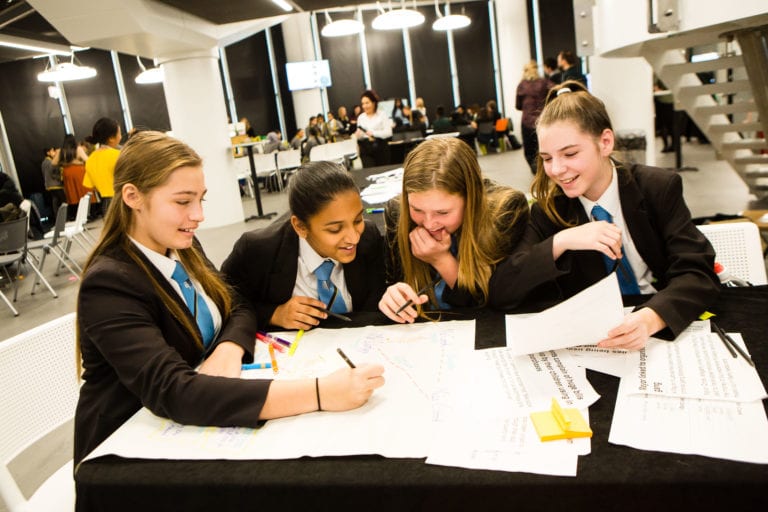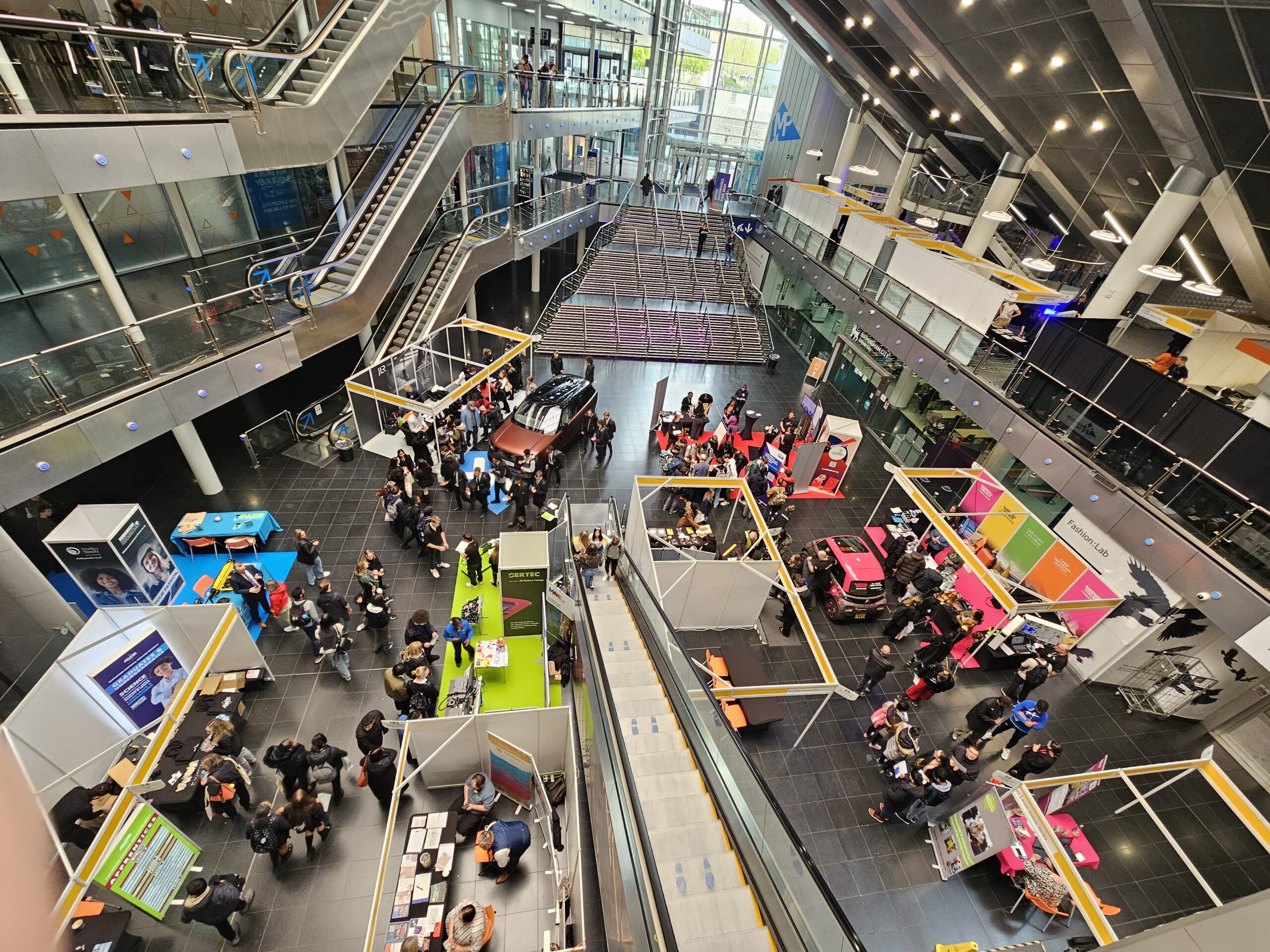What has STEM ever done for us?
About the Author
This article was written by Chloe, an alumnus of the Millennium Point Scholarship in 2020. Chloe is an aspiring young engineer who is currently undertaking a degree in Civil and Infrastructure Engineering at the University of Warwick as part of an apprenticeship with design & engineering consultancy, Atkins. Her lifelong passion is Motorsport, which she hopes to pursue a career after her studies. She aims to inspire the next generation of engineers through her work, with a particular focus on bringing more women into engineering and motorsports.
Follow on LinkedIn
What has STEM ever done for us?
Well, if you look past the attempt at a Monty Python reference, quite a lot, actually! In a time where uncertainty reigns and the education system is facing (likely) its biggest challenge yet, it is interesting to see the strength of one career area: STEM. STEM is the combination of science, technology, engineering and mathematics, though is also recognised by some as STEAM with the arts now beginning to be incorporated. We all rely on STEM massively; yet often do not realise this. As a young person just beginning to step into STEM at the end of my mandatory education it is clear to me that we need to highlight not only the importance of careers in STEM but also the potential for excitement and job satisfaction these jobs have for young people. By the end of the next few minutes, I will have hopefully given you an insight into why careers in STEM are important to us all.
Why STEM?
I was first drawn to STEM at quite a young age. I grew up surrounded by a number of family members and friends of the family who were involved in engineering and STEM. I would often try and join in when we were having building work done on the house or would want to watch my Dad working away in the garage to repair or come up with a solution for something. As I continued to grow older, I became LEGO obsessed (which, quite understandably, is even the case for many adults). I always wanted to know how things were made and why they worked. It wasn’t until I was much older that I realised this way of thinking could actually be a career.

At the point where I had to start making decisions about my future, STEM seemed like the way to go; I could have a job where I could design, fix and innovate all while making a positive difference through my work. For example, without STEM we wouldn’t have X-rays to help us when we get injured (I learnt the importance of this being a quite adventurous child), or our water supply and sanitation systems which we all see as a necessity in modern times. Even the day-to-day is full of STEM – like sending a message to a friend using an app that has been developed by programmers for a phone which has been constructed by a team of engineers and technicians. Without these necessities, our lives would be very different in a negative way.

Why STEM now?
While the current pandemic has stretched our healthcare system further than ever before and put a stop to ‘normal’ life, people working in STEM (including scientists and engineers) have worked hard to reduce the strain the virus has put on us all. Many engineers, designers and even students utilised 3D printers to manufacture additional PPE equipment for our healthcare workers who needed it. F1 teams banded together to help design and manufacture ventilators to help hospitals care for those in need of medical attention and scientists are still working hard to find a cure for this virus. The clear benefits of this hard work really drive home the point that STEM careers are key in the continuing fight against Covid-19 and whatever may be thrown at the world next. It doesn’t end at using STEM to combat the virus. Without the innovations in digital and tech, remote working and learning would not have been possible. Many more businesses would have been impacted more severely, which have resulted in even more job losses and a bigger impact on the economy. The impact on education was hard-hitting for school leavers like me, but at least through the use of technology, we could still get through it.

It is essential that going into the future we not only encourage young people to follow careers in STEM but also support them to see it through. We as young people are the future innovators, the future leaders and will be the future of STEM in years to come, in roles that have not even been conceived yet. This is especially important for female students and those of minority races, genders and sexualities, who often feel discouraged from working in STEM due to hostile atmospheres and workplaces. This matters because without diversity we are minimising the talent pool and hindering progress which impacts every facet of our society. According to the IET (The Institution of Engineering and Technology), only 13% of the people working in STEM are female. More must be done to help and encourage girls to pursue and remain in STEM careers to continue to innovate further.
STEM is essential and now, more than ever, we each have the responsibility to support that growth by acting now to support the world of tomorrow.
Start Your Career in STEM With the Millennium Point Scholarship
Millennium Point is offering a fully funded undergraduate degree at Birmingham City University’s Faculty of Computing, Engineering and the Built Environment. Applications are open now until 31st January 2021. This unique opportunity is open to people over 17 looking to start a STEM degree, and includes a wealth of development opportunities to further kickstart your career.
Millennium Point is a landmark public building and multi-award-winning events venue in the Eastside of Birmingham City centre. Profits from our commercial activity are invested by the Millennium Point Charitable Trust into projects, events and initiatives which support the growth of science, technology, engineering and maths (STEM) and education in the West Midlands. Find more interesting content from Millennium Point over at our news section, or follow us for daily updates on Facebook, Twitter, Instagram and LinkedIn with @MillenniumPoint.


